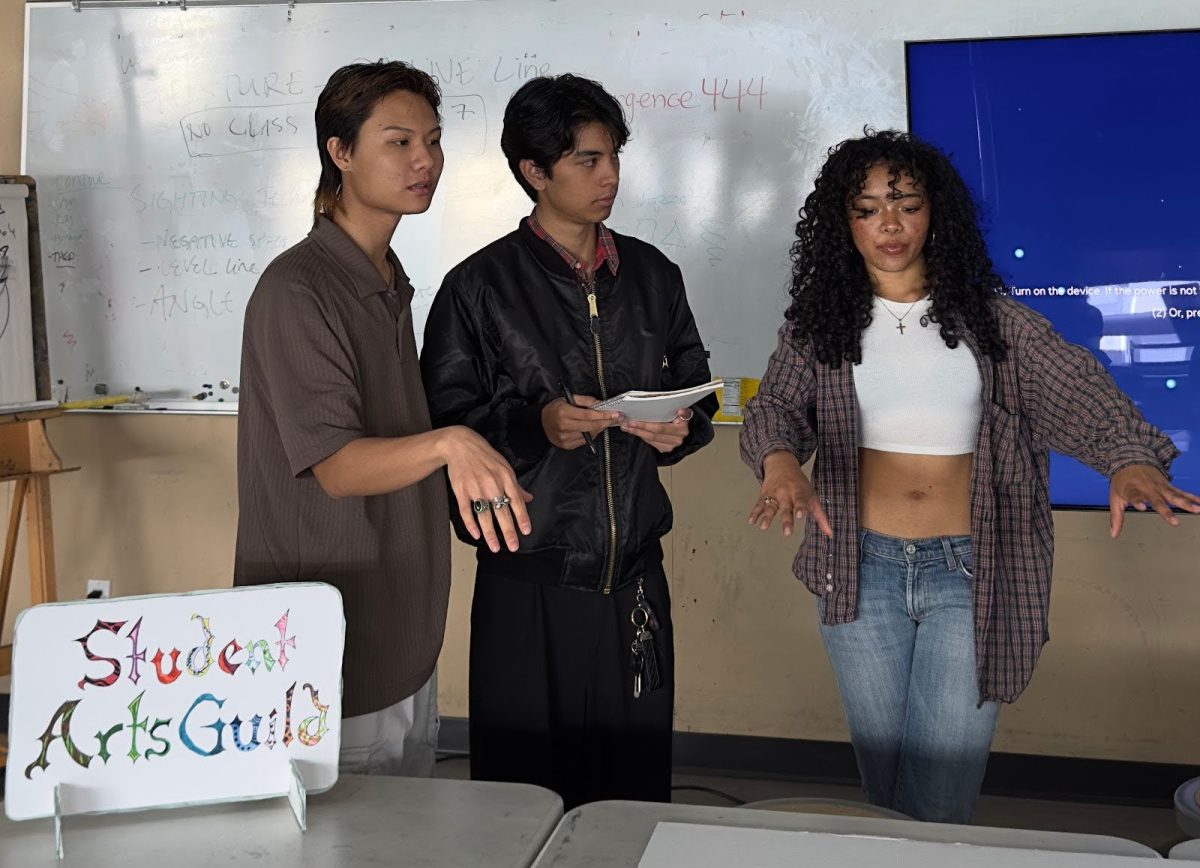
Rhythm can soothe your nerves and build your brain
by Thayer Robins
Anyone who’s soothed a fussing baby knows that gentle rocking often does the trick. The vestibular (balance-related) stimulation that rocking creates is certainly a part of that.
Equally important is the rhythm that comes with rocking. That’s because rhythm, when steady and comfortably paced, has a calming effect on the human nervous system, and a regulating effect on the human brain.
What this rhythmic movement actually regulates is the lower, more primitive region of the brain: the brainstem.
The brainstem comes from our reptilian ancestors. Not only is it the first region to develop, but throughout our lives it acts as the gateway for most incoming and outgoing transmissions. This means that very little travels to or from the higher regions without going through the brainstem.
It also means that trauma hits the brainstem first. If this region is not fully developed or is otherwise overwhelmed, the traumatic effects can get stuck at this lower level, and the higher regions of the brain will not be able to step in.
In such cases, the person can be trapped in a chronic, hypervigilant, high-anxiety state — unreachable by the reasoning abilities or the emotionally reassuring power of higher brain centers.
Bruce Perry is a psychiatrist who advocates for a brain-sensitive approach to trauma therapy. Perry supports using cognitive behavioral therapy (CBT) for teens and adults with well-organized brains who experience a traumatic event later in life.
For children, however, and anyone suffering the effects of early life trauma or neglect, he believes CBT and other “head-first” approaches can be re-traumatizing.
In these cases, Perry recommends rhythm — patterned, repetitive, body-based, rhythmic activities. Such activities have the power not only to calm a traumatized nervous system but also to mature the brainstem, which can facilitate development that was frozen because of trauma or otherwise incomplete.
One of the most powerful rhythmic activities I’ve found is also the simplest. It’s called “Rhythmic Movement” (RM) and it’s based on the repetitive movements infants make that both develop their bodies and stimulate their neurological systems.
RM has been used successfully since the 1980s to help special needs kids and other young folk struggling with developmental or behavioral issues. But it’s not just for kids. For adults as well, RM has proven beneficial with a variety of challenges, ranging from back pain to severe psychiatric conditions.
In fact, nurturing rhythm is good for everyone. I think of it as a key “stimulatory nutrient” — one we humans are born to crave, and be soothed by, throughout our lives.
For more on Bruce Perry’s approach to trauma, including his use of rhythm, check out these resources:
- Perry: Rhythm Regulates the Brain : This article offers a good overview.
- The Repair of Early Trauma: A Bottom Up Approach: This a short, well-produced video introducing Perry’s ideas on how trauma affects a child’s brain, and how those effects can be reversed.
- Child Trauma Academy : This website offers numerous links to articles and videos that describe their work with traumatized children.
Rhythmic Movement consists of around two dozen core exercises, plus optional add-on activities. For those who don’t have access to a trained RM practitioner or an RM class, Harald Blomberg’s book The Rhythmic Movement Method is a good way to learn more. It includes both a discussion of the brain and instructions for many of the core exercises.
Thayer Robins is a staff writer at the Laney Tower.
























